Digital advertising has many objectives but for e-commerce stores the end goal is to increase conversions and generate a good ROI for your company.
There are so many options when it comes to digital advertising, yet the various forms of PPC have become the most popular and widely recognised. From AdWords to paid social, great PPC management has been seen as a cornerstone for e-commerce businesses looking to push conversions quickly.
However, the digital world is fast moving and in a constant state of change. As users become more familiar with PPC advertising, they also become more immune to its effects. New approaches are always cropping up to help businesses better connect with their audience and entice them to make a purchase.
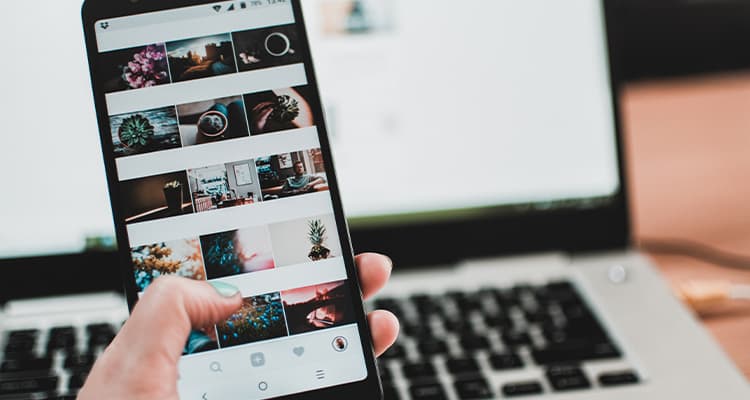
You will probably have encountered the term influencer marketing but many businesses are slow to try out this new strategy and are unsure what it really means. Influencer marketing has been a growing trend on the digital scene recently and has even been praised as ‘the next big thing’ when it comes to driving conversions, especially for e-commerce.
Influencer marketing is a very different animal from traditional PPC management, such as AdWords, so for those who are less acquainted with this new marketing style, it can be hard to know whether to invest it in.
By better understanding what influencer marketing really is, how it works, its advantages, disadvantages and how it compares to PPC, you will be in a better position to make an informed decision regarding your marketing investments.
What is influencer marketing?
Instead of directly advertising to your audience, influencer marketing involves utilising key individuals who are popular within an industry to spread the message of your brand.
Influencers can be celebrities, well known and respected authorities in an industry or popular bloggers and social media personalities. Influencer marketing can take place in almost every industry but has been extremely popular in the beauty and fashion markets. 57% of companies in these industries use influencers, so they are among the biggest adopters.
Influencer marketing can theoretically be implemented on many channels, including blogs and even in email marketing but traditionally it is used to greatest effect by influencers on social media.
It is particularly useful to e-commerce businesses, as it works well with B2C products via social media communication for greatest reach.
Influencer marketing can be broken down into two varieties: paid and earned. This depends on the relationship between your business and the influencer. In some niches and circumstances, you can leverage influencer marketing purely by building strong relationships with the right people, however as more and more companies tap into the power of influencer marketing, more influencers are demanding payment for their contribution.
The technique works by influencers sharing your content or reviewing your business or individual products positively to their fans. Some businesses will sponsor an influencer to promote their content and others will pay for a one off social media post about their product.
In many ways influencer marketing is similar to word of mouth marketing and it is sometimes viewed as PR for the modern digital and social media age.
To leverage influencer marketing, businesses must identify key individuals relevant to their industry, who have a significant following and engagement with their target audience. They then approach and build relationships with the influencer in the hopes of convincing them to review or share their products with their following.
What makes someone an influencer?
Becoming an authority or perceived authority on a topic is a necessary feature. To be seen as an influencer, a person must also be highly active on social media with a strong, interested and engaged following of fans.
Follower numbers alone do not make an influencer, as engagement and interaction are crucial as well. Influencers must have the power to sway their fans’ beliefs and actions with their social clout.
People become influential on social media, without being previously famous, by producing genuinely interesting content and seemingly sharing ideas and concepts merely to help their peers.
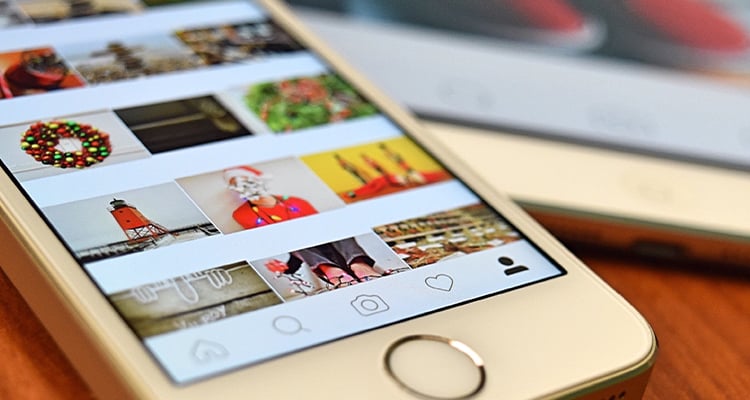
Now that you know what influencer marketing is, it is time to analyse some of the benefits of this marketing form compared to PPC advertising.
Benefits of influencer marketing
1) Higher ROI than PPC
Influencer marketing reportedly has a higher average ROI than PPC and is therefore excellent value for money.
PPC management can be both time consuming and expensive in an increasingly competitive marketplace, so average higher ROIs would definitely be a point in influencer marketing’s favour.
On average, this marketing method provides $6.50 for every $1 spent, whereas PPC only makes $3 dollar for every dollar spent on AdWords.
According to data collated by Eric Sachs SEO, businesses ranked influencer marketing and email marketing jointly in first place for cost-effective customer acquisition. 22% of businesses reported these marketing methods were best for them when driving cost effective conversions.
2) It is more trusted by your audience
People tend to trust recommendations from friends, family, acquaintances and even strangers over direct advertising. According to a survey by DSIM.in, 34.1% of people admitted that recommendations from friends on social media had a great deal of influence on their buying decisions online.
Onalytica claim 92% of people trust earned media over paid media and although some influencer marketing is paid, the beauty of its style means it is much harder for users to tell if it is a paid promotion.
Even though end users tend to trust recommendations from people they know personally the most, any recommendation from another person trumps direct ads and many fans feel they do know influencers. As you can see from the graph below, in terms of trust, recommendations from influencers will far outweigh more traditional marketing techniques:
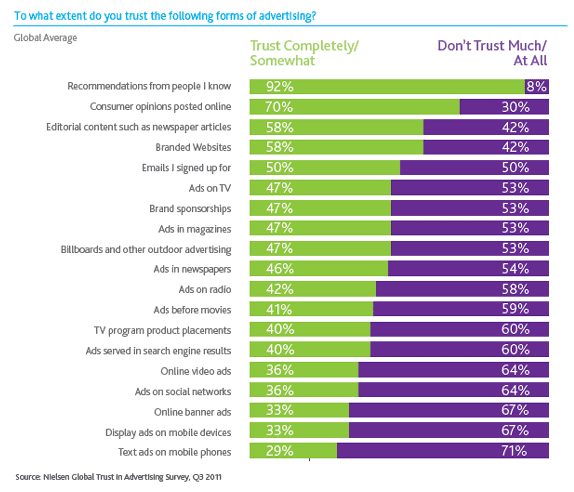
Some businesses, therefore, believe influencer marketing will drive more sales because it is a real person recommending an unaffiliated product for the benefit of others with the same interests. PPC on the other hand is focused on driving traffic not sales.
Statistically influencer marketing is driving much more interest with users than display ads, as users spend 7 times longer looking at influencer content than display ads. It is also a boost for earned media on social channels. Earned media has become harder to generate on businesses’ own organic channels but influencer marketing greatly expands its effectiveness and reach.
3) It provides better customers
51% of surveyed companies believe they obtained better customers through influencer marketing than other mediums. This could be because the desire to buy was generated through recommendation, so the new customers are more likely to recommend your business in turn. If they are happy customers, they tend to be more loyal repeat buyers and drive others to do the same.
4) It allows for greater creativity in promotions
In PPC, ads must follow a set format. A great deal of PPC management time is taken up with formatting ads correctly, while trying to make them unique. Search engine ads, display ads and even paid social ads must all follow a certain structure. With influencer marketing, you are not using an ad creation platform and so you have more creative freedom in the types of content that influencers will share for you.
5) It is new and so customers are not yet immune to its effects
A major advantage influencer marketing has over PPC, is the fact that it is new. As people have become digitally literate they become mistrustful and immune to traditional digital marketing methods. Influencer marketing is relatively new and it does not look like an ad. Users have yet to become savvy to this technique, so it is far more successful.
6) It provides a better customer experience than PPC
Customers choose to absorb content from influencers, rather than being bombarded by ads against their will. This means influencer marketing provides a more positive, desirable experience for users and they are, therefore, more receptive to the message.
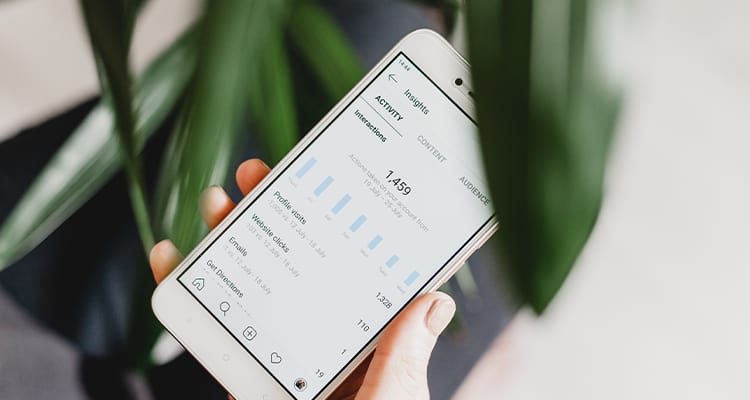
7) It is highly effective on millennial audiences
Since influencer marketing commonly takes place on social media, it works well for reaching millennials. This is the demographic that spends the most time on social media and they are also more likely to follow influencers than older generations. If millennials are a main target group for your e-commerce store it could make influencer marketing a handy tool.
Millennials are also more willing to act on recommendations from strangers on the web, so long as they feel they were not associated with the company.
8) No ad blockers
Users’ frustration with too many ads is a big problem for PPC, especially on the display network. The rise of ad blockers has made it tough for some advertisers to effectively communicate with their desired audience via PPC. Fortunately, influencer marketing is technically not an ad in the same way, it, therefore, bypasses adblockers.
9) It is becoming very popular
Businesses have been very impressed with the ROI of influencer marketing and how well it resonates with users. In response to this, it has become the fastest growing digital marketing method.
10) It can complement other marketing efforts
Influencer marketing works wonderfully with content marketing and social marketing, as it essentially overlaps and enhances both these tactics.
Disadvantages of influencer marketing
1) Results are not guaranteed
Many proponents of influencer marketing focus on its higher ROI rates and focus on sales but none of these results are guaranteed. With PPC you are only charged when a click actually happens, so at the very least you are guaranteed traffic as a result. Influencer marketing is far more similar to traditional TV, radio and print advertising in this respect, since results can be estimated but nothing is guaranteed for your investment.
It is feasible that no clicks or conversions will be generated, so risk of loss is higher with influencer marketing. For non-paid influencer marketing the loss could be your time and efforts but if you have paid an influencer it could be a real financial loss.
2) Targeting is far poorer than PPC
With influencer marketing, you do not have the advanced keyword, location, behavioural and demographic targeting that systems like AdWords, Bing and paid social offer. The audience is not guaranteed to be relevant and much is based on the assumptions of the kind of people your audience may follow.
3) Measuring success is a challenge
Measuring and tracking the success of the influencer marketing campaigns is very challenging and mostly made through inference.
You can better track traffic levels earned via influencer marketing in your Google Analytics if you utilise UTM parameters on your links given to influencers. Tracking conversions back to influencer marketing is another matter. It is much harder and is only done through inference.
Tracking softer metrics, such as likes, comments and shares is more common but these do not indicate successful sales rates. Without conversion tracking code, such as that supported by AdWords or the Facebook Pixel, it is hard to quantify conversions from influencer marketing. In the same data surveys collated by Eric Sach SEO, 78% of marketers, who had used influencer marketing last year, said determining ROI was their top challenge.
4) It is slowly becoming less cost effective
One of the biggest advantages of influencer marketing, cited by businesses, was the higher ROI and cost effectiveness. However, this may change as the marketing technique grows in popularity. As its popularity rises, paid influencer marketing is becoming more common.
While 69% of marketers currently say they don’t pay their influencers, costs of influencer posts and their average earnings are rising. The graph below shows the average cost of an influencer social media post by industry:
The following graph shows how much influencers earn dependent on their follower number across various social media platforms:
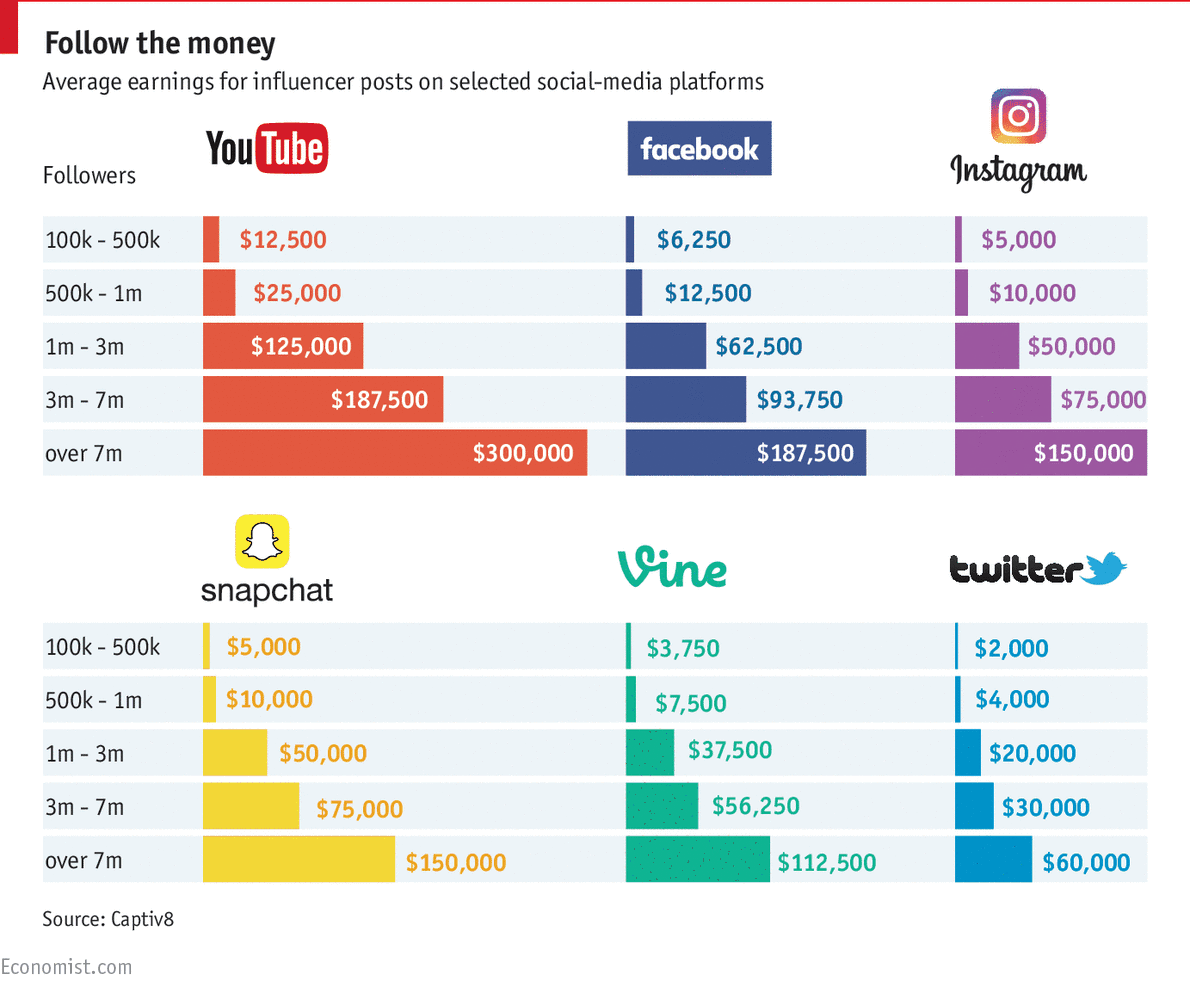
As we can see paid influencer marketing is looking a lot more expensive these days.
5) Finding influencers and successfully connecting is a major challenge
The biggest hurdle to influencer marketing is finding suitable influencers and convincing them to work with you. 67.6% of marketers surveyed report that connecting with relevant influencers is a major challenge, while 59.8% say their worst challenge is finding ways to engage successfully, while satisfying executive expectations.
6) Influencers can harm your business too
Despite the appealing claims of trust and higher resonance with customers, influencer marketing has the potential to back-fire in devastating ways. Successful influencers are all different and for many of them their channel is their passion and they value their followers, with many of them seeing their fans more like peers and friends. This means they hold their honesty and integrity in high esteem. Though some see it as more of a career and will happily accept money for marketing, others can quickly turn against your brand if you do something they don’t like. Late with a payment, refusing to pay or just genuinely having a subpar product can result in a public trashing of your company by the very influencer you hoped to leverage. Some influencers will happily review your products on request but honestly report on bad customer service and perceived flaws in your product. This is a PR nightmare.
Just as they can raise your sales, so too can they ruin them. Rogue influencers are hard to control, they don’t have to sign any contracts or be nice to you if they don’t want to. Consider the case of celebrity influencer and former MAC model Pamela Anderson publicly turning on the brand over disagreements with their animal testing policy.
It is also easier than you think to enrage an influencer. Some can grow irritated by you if you keep asking for promotions because they perceive you as greedy. This means you need to try to get paid influencers to sign contracts and leverage relationships with multiple influencers, so you don’t over-use one. All this effort and risk puts influencer marketing in a slightly less glamorous light.
A bad review by an influencer can also trigger a cascade of poor reviews from their followers, as sadly 25% of people leave reviews in a direct effort to punish brands.
7) Your target audience is higher up the funnel
Like all social media marketing, influencer marketing has a core disadvantage compared to SEM. The users were not looking to buy when you marketed to them.
Despite reports of good ROI, influencer marketing lends itself to some industries more than others, e.g. lower cost, attractive e-commerce items, because users are unlikely to jump all the way from awareness to purchase on anything more expensive. Users on social media are looking to be entertained. Had they wanted to buy in that moment, they would have been using a search engine and so they take more convincing.
8) Older audiences are less accessible
Just as influencer marketing is an advantage for targeting millennials, so too is it a disadvantage if your target audience is older. Older demographics, especially over 60s, use social media far less and those that do are less likely to follow influencers and take recommendations from them. Depending on your core audience this could be a problem.
The following video articulately explains the relationship between influencers and their audience, how they gain trust, how influencer marketing can drive conversions and how it enhances rather than disrupts users experience of a platform. It also covers how the mediums’ effectiveness could be jeopardised once too many marketers get in on the action:https://www.youtube.com/embed/65RzNTwLC6k
Having analysed influencer marketing in depth, we can see advantages outweigh disadvantages but some of the criticisms are fairly severe. Let’s take a look at the comparative strengths and weaknesses of PPC to see how its stacks up to the competition.
Advantages of PPC
1) Search has higher intent
PPC has a great deal of variety. There is paid social, display networks and of course search. One major advantage the search network has over influencer marketing, paid social and even the display network is high intent.
The search network reflects real intent to buy and by targeting high intent keywords on the search network, advertisers can increase conversions. Social media and the display network tend to be better for brand awareness or nurturing engagement.
2) More demographics use search than social
While younger audiences use all digital platforms more than older generations, older demographics still use search more than they do social media. This gives PPC more age reach.
3) Tried and tested
While newness is an advantage for influencer marketing in some ways, it is also a hurdle. Effective tools for influencer marketing are being developed but they are far behind AdWords and Facebook advertising. Both these platforms are tried and tested with clever solutions for PPC management. PPC and paid social have had the chance to improve over the years with increasing numbers of experts in the field, greater automation, machine learning and new features.
4) You pay for success
Influencer marketing may be delivering some businesses success and great ROI but not everyone. PPC by its definition only charges you when there is success i.e. a click. Influencer marketing could have you throw money at it and not even gain traffic in return.
5) It’s efficient, direct and controllable
With PPC management you can focus purely on improving your campaign and get results straight away for your investment. There is no messing around building relationships. Once you have created an ad and added a budget you can generate clicks straight away and decide how much you spend rather than receiving quotes from an influencer.
6) Instant visibility
PPC can put your website at the top of search straight away. It can create high visibility while you develop your SEO.
7) Reliable, quantifiable tracking
Unlike influencer marketing you can measure the effectiveness of your campaign with sophisticated conversion tracking and attribution models.
8) Great targeting
With Google AdWords, you can target by keyword, location, behaviour and demographics, such as age, gender and income. You can even target by interest and hobbies on the display network. This and even more interest targeting is available on paid social. PPC targeting allows incredible accuracy and refinement to help you reach the right audience.
9) So many networks
PPC marketing is home to powerful platforms like AdWords, which offers advertisers multiple mediums for reaching their audience. You can use search for high intent keyword targeting, the display network for awareness campaigns and even remarketing and RLSA to market to previous visitors. Influencer marketing may lend itself to e-commerce industries but so does Google Shopping network, which was designed specifically for that purpose.
10) Suited to your objectives
With optimisation for impressions, clicks, CPA, maximum conversions and ROI, effective PPC management can tailor your efforts to your business goals. With multiple optional bidding strategies, you have a huge amount of control to target customers wherever they are in the buyer journey.
11) It still works with other marketing methods
Influencer marketing works well with social marketing and content marketing but so does PPC. PPC can be a great way to get your content out there in front of the right audience and with paid social there is no area PPC cannot reach.
Disadvantages of PPC
1) Banner blindness
Outside of the search network there is the problem of banner blindness. This is the ability of people to ignore ads and it is a significant problem when it comes to expanding your audience base with PPC.
2) Distrust of ads
Even when users do see your ads and they are highly relevant, the growing distrust of ads means users may refuse to click just because it is an ad. This issue is not limited to the display network. Goo Technologies found that 82% of people ignore ads, 62% ignore social media ads and 59% ignore search engine ads.
3) Ad blocker
Many users won’t even get the chance to ignore your ads, they just won’t see them thanks to ad blocker.
4) Clicks don’t equal sales
While the metrics are easy to measure, clicks do not guarantee sales.
5) It’s expensive
PPC has become an extremely competitive advertising method, which is driving up costs. Remembers competitors can always outbid you if they choose.
6) Restricted formats
Your ad formats are completely controlled by your PPC platform. While there are many templates, it can be hard to achieve something radically different and eye catching.
Which should you invest in?
In our calculations, PPC has a very slight edge over influencer marketing but only just. In terms of the number of advantages and disadvantages, PPC skims by on the skin of its teeth but influencer marketing is not far behind.
Lack of trust and competition remain big issues that are only growing for the future and so influencer marketing’s potential cannot easily be ignored.
While the search network is very powerful for high intent and you should never abandon it for conversions, it does have flaws. Reaching bigger audiences and adding scale, while building a rapport is challenging and influencer marketing offers new opportunities to achieve this.
If your business can afford to invest time and budgets in both PPC and influencer marketing then it should. This will allow you to reach audiences in new and exciting ways for the greatest reach, a good reputation and the best conversion rates.
However, if your budgets are restricted we would advise e-commerce stores to stick with PPC for fastest returns. The best thing about this is that you can still slowly work on building your non-paid influencer marketing in the background to support PPC.
Some tools to aid influencer marketing may already be in your repertoire for content marketing like BuzzSumo. This means you do not need to invest in influencer marketing software without other benefits as well.
Neither PPC nor influencer marketing can guarantee a conversion but both drive traffic in different ways and can be best used as complementary forces.
How to make influencer marketing work
For any who are looking to test the waters of influencer marketing to see if it can generate more sales than PPC, here are some tips to help make it effective the first-time round.
Identify key influencers relevant to your product or services.
To do this don’t just look at the influencer and their reach but also the kind of content they usually share and who their followers are. Do these demographics match your target audience? Do they engage well on the followers’ channel? It is a good idea to ask an influencer what conversion driven success they have managed in the past. You can identify influencers with many digital tools or manually by hard research on social media.
Build a relationship. You need to either approach with a proposal and payment if you’re going the paid route or start slowly working on building a relationship over time. You can do this by following influencers and sharing their content, commenting and creating conversation. Ideally, if you want a yes on the paid option, a little bit of leg work on an organic relationship first is still beneficial to getting that ‘yes’.
Be patient and prepared for a no. If you just ask influencers out of the blue, they will likely say no. While some accept payments for influencer marketing, they will probably lose their influence if they become too commercialised and spammy, so many try to keep a balance in their content and won’t promote businesses all the time.
Create beautiful, interesting content. Be sure you create content the influencer will love in the format they love. Remember it is their preferences that get the yes, not what normally works with your target audience. Do your research on the influencer and see what content they normally enjoy.
Ensure you content is easily sharable, entertaining, fun and relevant. Don’t make life hard for your influencer. Always check content is formatted well and it is easy for an influencer with weak digital skills to share your content on any social media channel you can think of.
Focus on brand awareness. Don’t be too pushy and sales focused. You cannot easily monitor conversions from this medium, so look at the benefits from shares, comments and likes from their followers. This can be a big boost for your image. 67% of influencer campaigns are used to promote content. The second most common use is for a product launch.
Discuss what you expect from your influencer. If you use an experienced influencer, they should be able to give estimates and examples on the kind of response you will receive. Be clear about what metrics matter to you during negotiation.
Don’t tie their hands. The success of influencer marketing comes from their genuine style. Don’t make them read a script and let them be themselves and add their flair to your review or content etc.
Use micro influencers. Don’t worry about follower numbers too much because it’s quality not quantity that drives conversions. Focus on how relevant and effective they are in their niche. Micro influencers may only have hundreds instead of millions of followers but they tend to have great engagement rates. Engagement rates tend to drop off if an influencer has too many followers. This is especially good advice if your e-commerce store caters to a sub-culture.
Choose the right platform. While there are many social media platforms that you can use for influencer marketing some are just better than others with Facebook and Instagram leading the chase.
Follow and engage with as many influencers as possible. This will increase your chance of success and expand your reach.
Neil Patel has great advice for marketers who are new to influencer marketing. His blog on the topic is not only useful for how to connect with influencers but how to become one yourself over time
Influencer marketing software
There is software available to aid in your ability to find, engage with and manage influencer marketing:
Buzzsumo is a good option as it is primarily used for content marketing idea generation but also has a tab for influencers. You can use keywords and filters to find Twitter influencers.
Followerwonk is a free tool from Moz and also has an influencers section where you can browse bios and keywords for authorities in an industry.
Traackr is a premium influencer marketing platform with inbuilt analytics. Its purpose is to help people find influencers in their niche, get social insights and even generate ideas on the best way to connect. It includes influencer search engine profiles, trending content and more.
Heepsy helps you find influencers on Twitter.
Klout is another well-known software with influencer discovery tools, engagement tools and helps content curation.
There have never been more digital marketing options for reaching your customers, so invest well and always aim for a quality approach.